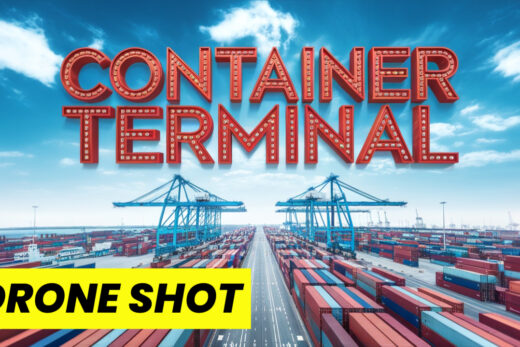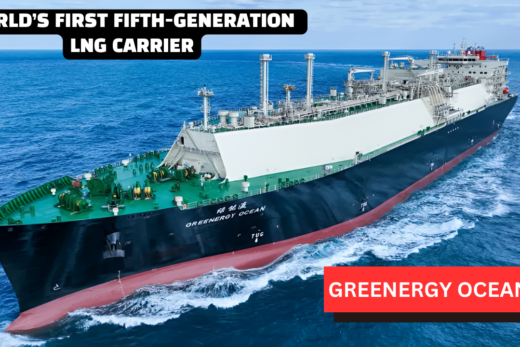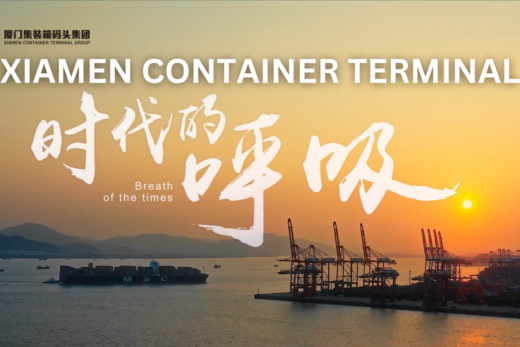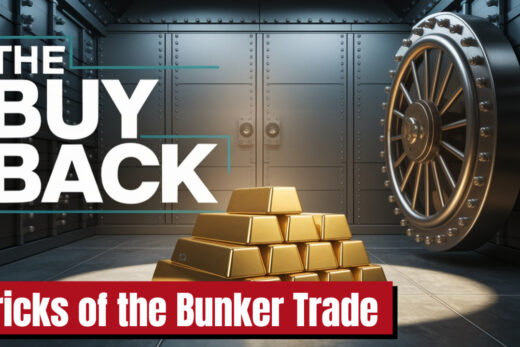They’re the beasts of the sea — colossal vessels that roam the oceans, carrying the weight of the world’s commerce on their massive backs: container ships. These floating giants are the unsung heroes of globalization, silently connecting continents and keeping economies humming.
Before they came along, shipping stuff across oceans was a total nightmare. Goods had to be loaded and unloaded piece by piece, like playing the world’s slowest game of Tetris. It was messy, slow, and full of delays. But everything changed in the mid-20th century with the invention of containerization — a game-changer that made shipping faster, cheaper, and way more organized. Think of it like turning a chaotic junk drawer into a neatly packed toolbox.
Today, container ships are the backbone of global trade, hauling everything from sneakers and smartphones to bananas and medicine. You might not see them, but these sea giants are constantly at work, bringing us the products we rely on every day. In this post, we’re diving into the fascinating world of container ships — their history, their different types, and the massive impact they have on the global economy.
The Birth of Container Ships:
Believe it or not, the story of container ships doesn’t start at sea — it starts on American highways. In 1937, a trucking guy named Malcom McLean had a lightbulb moment: What if cargo could be packed into big, sturdy boxes that could hop between trucks, trains, and ships without being unpacked and repacked?
Fast forward to 1956, and McLean’s vision came to life with the Ideal X, the world’s first container ship. It wasn’t flashy, but it was revolutionary. This simple idea flipped global trade on its head, paving the way for the massive shipping industry we know today.
Bigger, Better, Faster Ships:
Those early container ships were pretty small compared to today’s standards. But shipyards quickly got to work building bigger, stronger, and more high-tech vessels to keep up with booming global trade. They added powerful engines, computerized navigation systems, and cranes that could lift containers like they were feathers.
Modern container ships are engineering marvels, carrying over 20,000 containers at a time. Imagine a stack of Lego bricks the size of a skyscraper floating across the ocean — that’s basically what we’re talking about.
Different Ships for Different Jobs:
Not all container ships are the same. Just like you wouldn’t use a dump truck to deliver pizzas, different ships handle different kinds of cargo and routes:
- Feeder ships: Small but mighty, these ships zip between smaller ports and big hub ports, like delivery vans in a giant shipping network.
- Panamax ships: Built to squeeze through the Panama Canal, these ships are the perfect size for certain trade routes.
- Post-Panamax ships: Too big for the original Panama Canal, but perfect for larger cargo loads.
- Ultra-Panamax ships: The true sea monsters — stretching up to 400 meters long and carrying enough cargo to fill a small town.
Each type of ship has its own role, and together, they form an intricate web of global trade routes that keep goods flowing to every corner of the planet.
The Global Impact:
Container ships have done more than just make shipping faster — they’ve supercharged the global economy. By making it cheaper to move goods around, businesses can reach customers all over the world, and we get access to products from distant countries at lower prices. It’s a win-win.
Of course, it’s not all smooth sailing. The shipping industry is dominated by a few giant companies, and these massive vessels leave a pretty big environmental footprint. But despite the challenges, container ships remain an essential part of our interconnected world. As long as we rely on global trade, these ocean giants will keep shaping our future.




